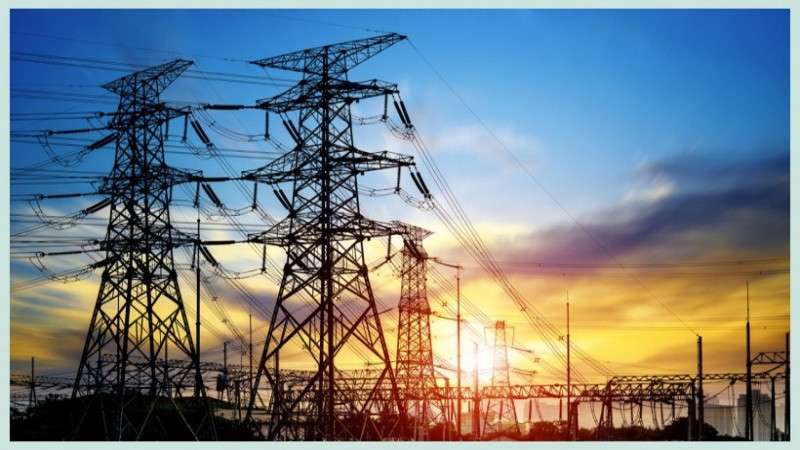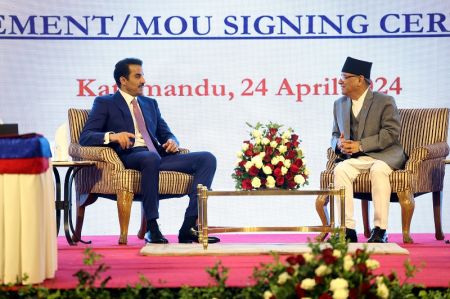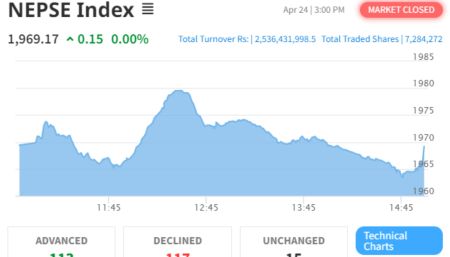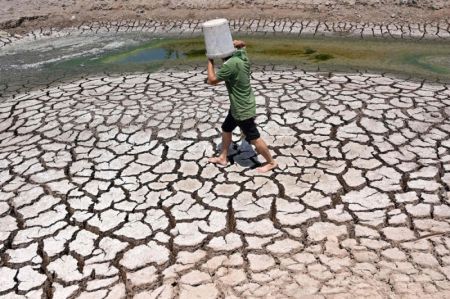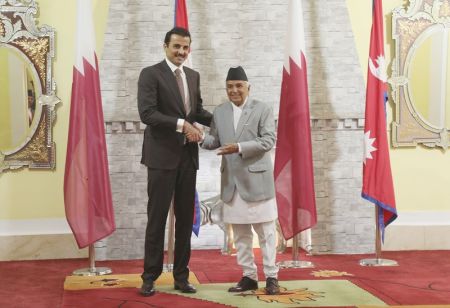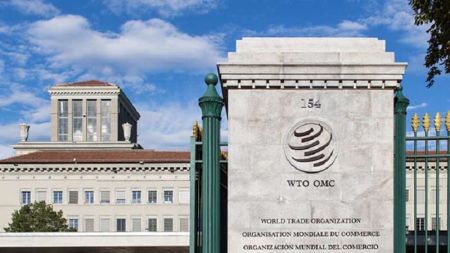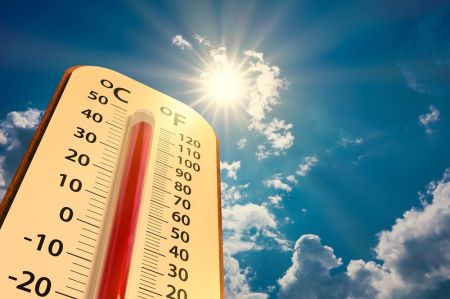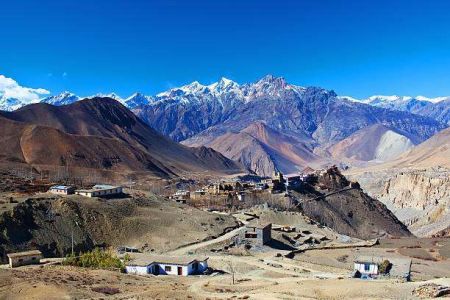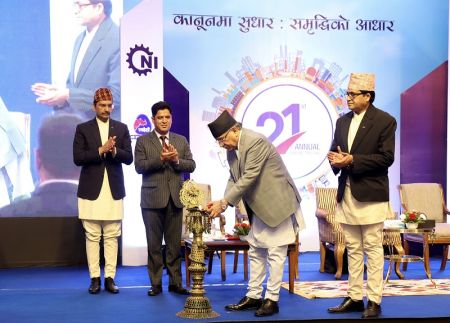July 21: Nepal Electricity Authority (NEA) is likely to struggle exporting additional electricity to the Indian market due to lack of infrastructure.
Currently, 364 MW of electricity is being exported from Nepal through the Dhalkebar-Muzaffarpur 400 KV transmission line.
Although the demand for hydroelectricity in the Indian market is increasing, there will be a problem in exporting more electricity due to the lack of large-capacity transmission lines in Nepal, says Prabal Adhikari, head of the Electricity Trade Department of the Nepal Electricity Authority.
The official made such remark while speaking at a workshop organized by Urja Nepal.
"It is impossible to exchange much electricity when the capacity of the international transmission line is low," the official said.
This year, production will reach 3,000 MW. Currently, about 2,200 megawatts of electricity is being produced in Nepal. Within the current fiscal year, the NEA has projected that 3,000 megawatts of electricity will be produced in the country after an additional 800 MW electricity gets added to the national transmission system. However, the infrastructure for transmission of electricity is old and dilapidated. Due to this, the electricity produced in the future will neither be easy to consume domestically nor can it be exported.
The current production capacity of Nepal is 2200 MW. Hydropower projects with a total capacity of 3,289 megawatts are under construction. Other projects with capacity of 1,553 megawatts are under progressed in various stages. Therefore, the total capacity of electricity production in the near future will be around 7,320 megawatts.
Although the capacity of Dhalkebar-Muzaffarpur transmission line is 1000 MW, Nepal has been able to import/export not more than 600 MW electricity from this line. However, NEA has been paying various charges for 1000 MW electricity.
Experts say that if the government had opted for quad technology conductors while constructing the transmission line, its capacity would have been 2,000 megawatts, and more than 1,000 megawatts of electricity could have been easily exported.
Until 2017/18, Nepal's electricity production was only 1,074 megawatts. By 2022/34, electricity production is projected to reach 3,001 megawatts.
By 2020/21, Nepal's electricity production, reached 2,090 megawatts.
Construction of the New Butwal Gorakhpur transmission line will take another 3 years
Although contracts have been awarded in various sections, the amount of investment needed to build the transmission line has not yet been made.
Discussions are underway with foreign donors for loans. However, NEA officials say that a final decision has not yet been reached. Currently, hydropower projects in Nepal are designed in Q40. This means that only 60 percent of the water flowing in the river can be used. If designed in Q25, electricity can be produced at less than 4 cents per unit. According to the official, when the electricity export to India, Bangladesh, or any other country is guaranteed, the electricity project can be designed in Q25 and produced at a competitive price.


